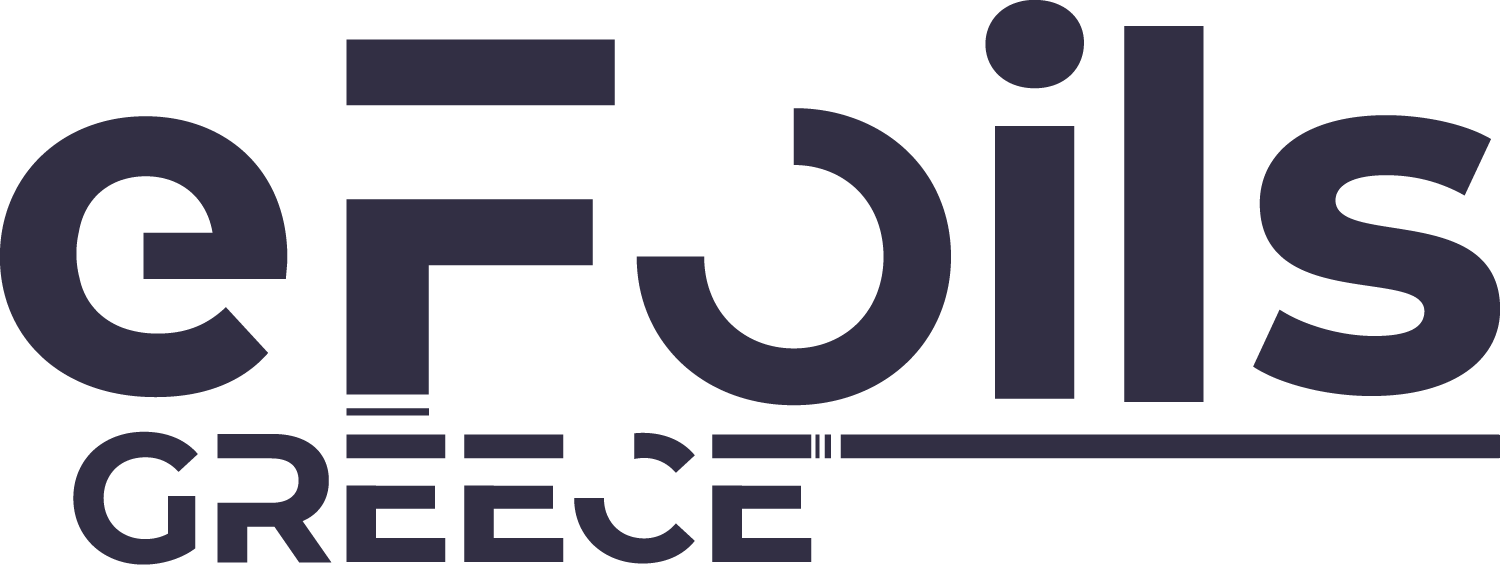FAQ's
Fliteboard is now available for pre-order. Priority is based upon the order of purchases placed. There is currently a 6 week lead time on all new orders.
Yes, most components except for the Foil Power Unit can purchased separately. A second Flitecell, Flitecell Charger, front wing or even board are available as add-on components.
There are 3 different board on offer.
Fliteboard – 5’8”x28”, 100L is the best size for most riders from 50kg to 90kg who are willing to take a few sessions to really get the hang of it.
Fliteboard PRO – 5’0”x24.5”, 70L is the smallest board for the most responsive ride when foiling. It is more difficult to learn on and getting going is more challenging, particularly for heavy riders and in choppy water conditions.
Fliteboard AIR 6’8”x30”, 175L is an inflatable board with the most stability, suitable for beginners to get up and riding during their first session. The inflatable construction makes this board light weight, more impact resistant, and very easy to transport.
Yes, the Cruiser and Flyer wings are compatible and interchangeable with any Fliteboard.
The Fliteboard and Fliteboard PRO boards are crafted with advanced PVC and carbon sandwich construction. The timber finish boards are finished in high quality ash top and biax-carbon bottom. The white and black boards are finished in ballistic grade carbon Innegra top and biax-carbon bottom.
The Flitecell charges using a special charger that plugs into a standard household wall socket, either 220-240V or 110-120V.
The time to fully charge the Flitecell depends on the capacity, either 30 Ah or 40 Ah, and the current available by the wall socket used. Expect charging times of between 2 and 3.5 hours depending upon individual circumstances.
Unfortunately electric vehicle batteries are not permitted on passenger aircraft. Depending on the route, it may be possible to ship the Flitecell separately on a dedicated cargo plane, via road or sea transport.
The Flite Controller display shows the remaining Flitecell power as voltage, remaining time and range (based upon your power consumption).
An efficiency screen on the controller displays watt hours per kilometre, to guide you to speed up or slow down to maximise your ride time and range.
In addition, the specially configured Battery Management System will reduce the power available when the Flitecell is close to running out. This gives you enough power to motor slowly back to shore, but not enough power to foil. For safety reasons, you should never ride further from shore than you are prepared to swim.
What is the difference between the Standard Flitecell Charger and the Fast Charge Flitecell Charger?
Our Standard Flitecell Charger charges in 4.5 hours whilst the Fast Charge Flitecell Charger charges in 2.5 hours.
The top speed of Fliteboard depends on A) The wing used, B) The rider’s weight, and C) rider experience. In our testing an 80kg rider using the Flyer wing achieved a top speed of 40km/h. The same rider with the Cruiser wing can achieve a top speed of 34km/h. We expect these performance metrics to improve as we further refine wings, propulsion and propeller for final production.
Fliteboard wings are carbon composite epoxy construction and can be repaired by your local surfboard repair specialist.
About the 60cm mast. The Fliteboard AIR is compatible only with the 60cm mast eFoil unit. The Fliteboard and Fliteboard PRO are compatible with both the 75cm and 60cm mast eFoil units. So you can interchange almost everything – except that you can’t use the 75cm mast eFoil units with the Fliteboard AIR boards. The benefits of the 60cm mast are that it is more user friendly – it is less likely to fall on the wing, and when the rider falls it will be from a lower height above the water – and that it is less extreme – since the maximum height above the water is less. The benefits of the 75cm mast are that riding in choppy conditions is better – since there is more range of height to fly above the chop – and that the board can be carved harder and in tighter in the turns – because the mast allows for a lower angle in the turns before the board touches the water.
Yes, both Cruiser and Flyer wings are compatible and interchangeable with all Fliteboards.
Fliteboard wings are built in a high pressure, pre-preg carbon fibre construction for stiffness and strength.
The top speed of Fliteboard depends on A) The wing used, B) The rider’s weight and height, and C) rider experience. In our testing an 80kg rider using the Flyer wing achieved a top speed of 40km/h. The same rider with the Cruiser wing can achieve a top speed of 34km/h. We expect these performance metrics to improve as we further refine wings, propulsion and propeller for final production.
Ride time and range are dependant upon A) Rider weight B) Average speed and C) Wing choice. In testing an 85kg rider achieves a range of over 25km using the Flyer wing at an average speed of 25km with a continuous run time of approximately one hour – using the ‘Explore’ Flitecell. The same rider achieves a 40 minute run time and 18km range using the Flyer wing and Sport Flitecell. Lighter riders will achieve a greater range and run time, and heavier riders will achieve less. Remember this is continuous riding time. Most riders are likely to have tired legs before the Flitecell goes flat! The Fliteboard engineering team is still making final refinements and metrics may improve further in the final production model.
Do I need to be able to surf/snowboard? Learning to Fliteboard is different for everyone. We have seen experienced surfers foiling in five minutes, or take a three to four sessions before they can comfortably balance the eFoil. We have seen people with limited water sports experience get the hang of Fliteboard very quickly, and others that need a number sessions and a few hours of practice. However most riders will be having run instantly, as riding on the board, even when not foiling is rewarding. Similar to riding a bike, with practice, foiling becomes automatic. Experience balancing on a board of some kind will be a significant advantage.
Like other water and snow sports, expect to crash and have a few thrills and spills – especially when learning. And like other water and snow sports, learning to Fliteboard can be an extreme activity. You need to be travelling at around 20km/h to be able to hydrofoil, and there is potential to the hit the board or eFoil in a crash. Part of the learning experience involves learning to fall away from the board to avoid injury.
Regulations vary from State to State and Country to Country. For example in Australia, Fliteboard is exempt from registration in some states, and in others it must be registered as a vessel. Fliteboard will provide information as it comes to hand from various authorities in Australia, however it is the responsibility of riders to be aware of and comply with regulations in their specific location.
Fliteboard has been extensively tested with riders weighing up to 100kg. Heavier riders will be able to get foiling, however our factory recommended limit for warranty and other purposes is currently 100kg.
While Fliteboard can be ridden in a wave or ocean swell (just like a SUP or Surf foil) Fliteboard is not suitable for riding breaking waves in the surf zone. Riders do so at their own risk. Fliteboard is much lighter than other powered craft, however is heavier than a surfboard or SUP Foil, and therefore can be more dangerous to riders or other water users if caught in a wave. Fliteboard recommends you use a paddle Sup or Surf foil for dedicated wave riding. Fliteboard should never be ridden in the breaking surf zone, near other water users (including swimmers and surfers) or offshore from swimmers and surfers (in case Fliteboard is pushed towards shore in a wave).
The Flite Controller is fully waterproof. It includes a magnetic hall sensor throttle for very precise throttle control. The Flite Controller includes a number of rider modes to make learning easier, and also to provide precision control for experienced riders. Flite Controller includes a display that provides a range of information to help you get the most from your ride, and to assist you to return home with remaining Flitecell power.
The complete Fliteboard package weighs between 28.5kg and 34kg depending upon the board, Flitecell and wing choice.
Its battery power means it can be charged using renewable energy. Fliteboard’s hydrofoil efficiency and light weight makes it potentially the most environmentally friendly ‘powered’ water craft (not reliant upon wind or waves) when speed and range is considered.
Get answers to all your questions you might have.
Monday to Friday from 09:00 to 18:00 pm


